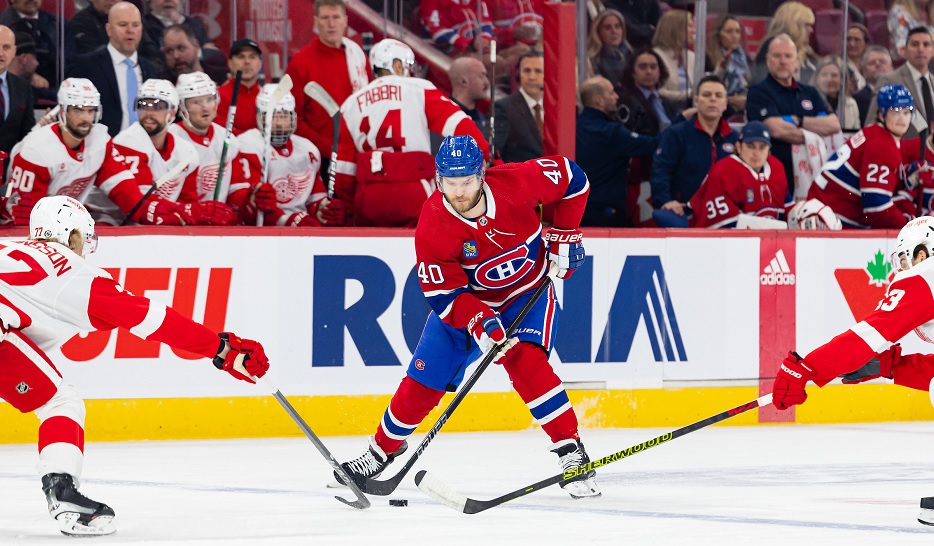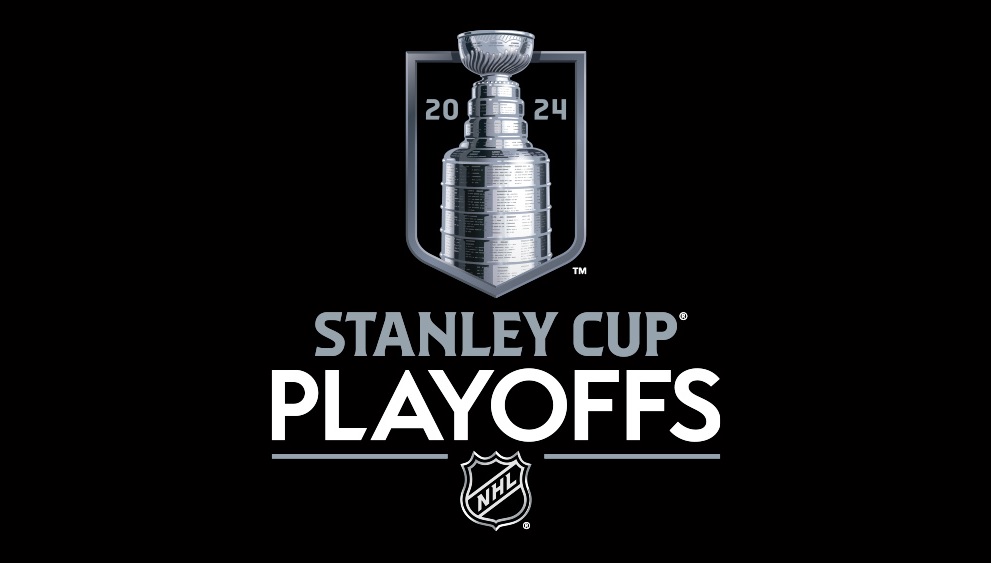HabsWorld.net --
Article written by Michael Bitton.
This is part one of a two-part article looking in-depth at the Canadiens
defensive situation. Details on part two appear at the end of this
article.
Being the storied franchise that the Montreal Canadiens
organization is, its fans have naturally developed a tendency to hold their team
to a higher standard. This unwillingness to lose has been put to the test over
the past few weeks as the Canadiens’ play has failed to meet the expectations of
its toughest critics. While Montreal’s anemic powerplay, growing injury woes, and
general inconsistent play has denied the Canadiens the chance to gain any ground
on the Bruins, there has been no shortage of complaints from fans and
journalists alike. Though the criticism ranges from the special teams to supposed
superstar Alex Kovalev to the coaching staff, the team’s detractors generally
agree on the primary area of concern: the defensive unit. Despite the recent
return of Mike Komisarek, the popular view among fans is that General Manager
Bob Gainey should set his sights on another top 6 defenseman that can limit the
amount of games played by two much-maligned d-men: veteran Patrice Brisebois and
sophomore Ryan O’Byrne. Amid the disappointment of having the reigning number
one PP unit drop to as low as 28th overall, are grumblings that the team would
be best served by bringing in a powerplay specialist that can step into the
vacant skates of Mark Streit.
While the criticism of the back-end is somewhat warranted, the reality is that
most of the concern is vastly overblown. An extra defender would be a welcome
addition but Montreal’s defense corps arguably already ranks as the strongest in
the Eastern Conference. With puck-handling wizard, Andrei Markov, ever-reliable
Roman Hamrlik, and the intimidation factor that comes with Komisarek, the Habs
have one of the finest top halves in the National Hockey League. Throw in
underdog Josh Gorges, and the 5th and 6th defensemen
remain the only question marks on the blueline for Montreal. The defense’s
problem has not so much been a group failure as it has been a collection of
individual mistakes. Memorable gaffes by all of O’Byrne, Brisebois and Francis
Bouillon have resulted in goals that will stick in the minds of fans in the same
way that ex-Hab Sheldon Souray’s untimely errors did, which gave him an exaggerated
reputation as a horrid defensive player.
Montreal’s strength on D is their mix of both finesse and aggression. With
Markov, Hamrlik, Gorges and Bouillon all being quite capable – and willing – to
join the rush, plus the offensive nature of Brisebois and the uncommon mobility
of the big Komisarek and O’Byrne, the Canadiens are quite covered on that front.
In the physical department, they also manage to receive a passing grade with a
combination of big men and small men who play big. One would think that this
general versatility would be enough but the team is still prone to spontaneous
lapses in coverage, sometimes giving the impression that all five Canadiens are
synchronizing an on-ice daydream. Ironically, the greatest strengths of the
Montreal blueline (a talented top half and a bottom half that can do everything
reasonably well) are directly responsible for its greatest weaknesses; a steep
drop-off in talent after the top three or four, as well as a bottom four that
can do a generally good job, but nothing particularly well.
It is the latter flaw that Gainey should be focusing on. Instead of the clutter
of useful, but mediocre players at the bottom end of the Montreal D rotation,
the Habs would be best served by one reliable player that can do the job on the
right point and another that can clear the crease of bigger forwards that
Bouillon and Gorges simply can not handle. Due to one of Hamrlik and Komisarek
being on the ice at almost all times, the need for a physical D can wait until
next season when Alexei Emelin and an older O’Byrne fight for that role. But
even the most optimistic Habs fan will agree that the team will have trouble
getting results without finding a way to shore up the PP. With the departure of
Mark Streit, the Habs have seemingly run out of quality offensive defensemen.
Although Markov will always be dangerous no matter who he’s with, much of his
use came from feeding pointmen such as Streit and Souray, and them, in turn,
opening up some room for skilled players like Kovalev. Now, with the absence of
a big shot from the point, the Montreal PP has become the cue for a series of
high-risk passes between clustered, stagnant skaters. Brisebois will continue to
do a passable job but he lacks the puckhandling skills that Streit had, as well
as the ability to routinely get his shots through the screen of penalty killers.
Plenty of interesting options exist at forward but it’s difficult to imagine a
scenario in which any of Kovalev, Alex Tanguay, Robert Lang or Tomas Plekanec
would remain at the point long-term. Sergei Kostitsyn inspires hope for a
potential solution in the future but at the moment he’s having trouble keeping
his spot on the big team, let alone manning the second-to-least productive
powerplay in the NHL.
With no surefire solution available to Head Coach Guy Carbonneau on his current
roster, some fans continue to believe that an answer may be waiting in Hamilton.
Mathieu Carle remains the most likely call-up as he continues to show signs of
progress with an impressive 11 points in 20 games so far. Some wonder whether
Carle shouldn’t be called up immediately after Komisarek returns to 100% health,
if he isn’t already there.
This would allow the Canadiens to demote the struggling O’Byrne to Hamilton
where he can regain some of his confidence and get away from the critical
responses of unimpressed Montrealers. Carle is described as a puck-moving
defenseman with the potential to be a top four player on an NHL club. His right
shot also makes him a more attractive option though some would question whether
he really can do anything more than O’Byrne has done. There is a feasible
scenario in which Carle gets called up because of even more injuries to the
defensive unit, and goes on to impress the coaching staff so much with his work
on the point that they have no choice but to hang on to him.
Sergei Kostitsyn
would attest to the fact that these types of fixes are seldom more than
temporary. It is in an opportunistic minor-leaguer’s power to come up and
contribute at the NHL level but the statement, “If he isn’t ready, he isn’t
ready” remains a truism. Over an extended period of time the holes will almost
always start to show in a young player’s game, causing situations similar to the
one O’Byrne currently finds himself in – that of having one’s confidence
shattered by the gradual realization that one’s in over his head. It would be a
shame for the failure of a talented Montreal line-up to ruin the development and
confidence of a potential contributor in Carle. The second feasible option on
the farm is Yannick Weber, the Swiss defenseman that has actually garnered
comparisons to the missing Streit. Despite a strong training camp and solid
numbers in the early part of his first AHL season, Weber is probably still a
year or two away from a permanent NHL spot. Carbonneau has recently confirmed
this sentiment, telling Pat Hickey of The Montreal Gazette that Weber needs to
work on the defensive side of the game before being considered a candidate for
an NHL job. Much like in the case of Carle, even supposing Weber could do an
impressive job on the powerplay, it’s unlikely that a player of his calibre and
experience could hold his own in the NHL over a sizeable stretch of the season.
Long-shots from the AHL include Alex Henry and newcomer Shawn Belle but perhaps
the most intriguing internal option off the NHL team is one that doesn’t even
come from the farm. The possibility of signing fan-favourite P.K. Subban to a
10-game trial contract exists but Subban scenarios are more fun to muse over
than they are practical. He might very well inject some life onto an inept
powerplay but he’s extremely unlikely to be given any sort of shot unless
injuries render Montreal desperate.
Part 2 of this article (to be posted Thursday) will focus on players on other
NHL teams that could be brought in to help the defence, discussing the viability
of such players based on their abilities and salary cap implications.

